
In 2025, Solana DePIN networks are fundamentally transforming the landscape of decentralized AI infrastructure. By leveraging Solana’s high-throughput blockchain, these projects are orchestrating distributed hardware and services to deliver scalable, cost-effective, and resilient solutions for AI workloads. The shift is not just technical; it is strategic, enabling a new class of AI applications that rely on decentralized compute, storage, and connectivity, without the bottlenecks or single points of failure seen in legacy cloud models.

Solana DePIN: The Backbone of Decentralized AI in 2025
The Solana blockchain has emerged as the backbone for a growing cohort of DePIN (Decentralized Physical Infrastructure Network) projects. With SOL trading at $230.20 as of October 5,2025, the network’s robust performance is underscored by its ability to handle thousands of transactions per second at minimal cost, a critical factor for real-time AI data processing and coordination.
What sets Solana apart? Its architecture delivers not only speed but also composability for developers building decentralized compute marketplaces, wireless networks, and mapping platforms. This allows for rapid scaling while keeping operational costs low, a key advantage as DePIN adoption accelerates across verticals like AI training, inference, and edge intelligence.
Key Projects Fueling Solana’s Decentralized AI Infrastructure
Top Solana DePIN Projects Powering Decentralized AI
-
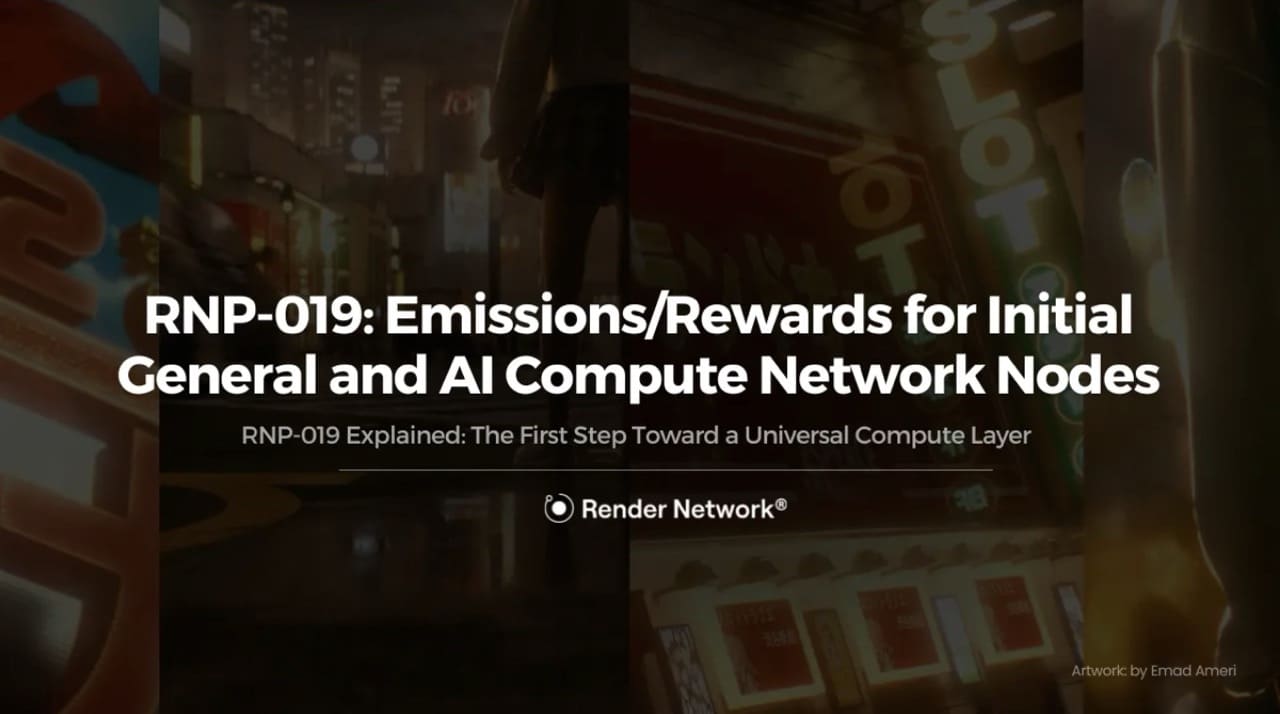
Render Network: A leading decentralized GPU computing platform, Render Network transitioned to Solana in 2025 to deliver scalable, cost-effective GPU resources for AI model training and inference. Its globally distributed network of GPUs supports rapid and resilient AI development.
-
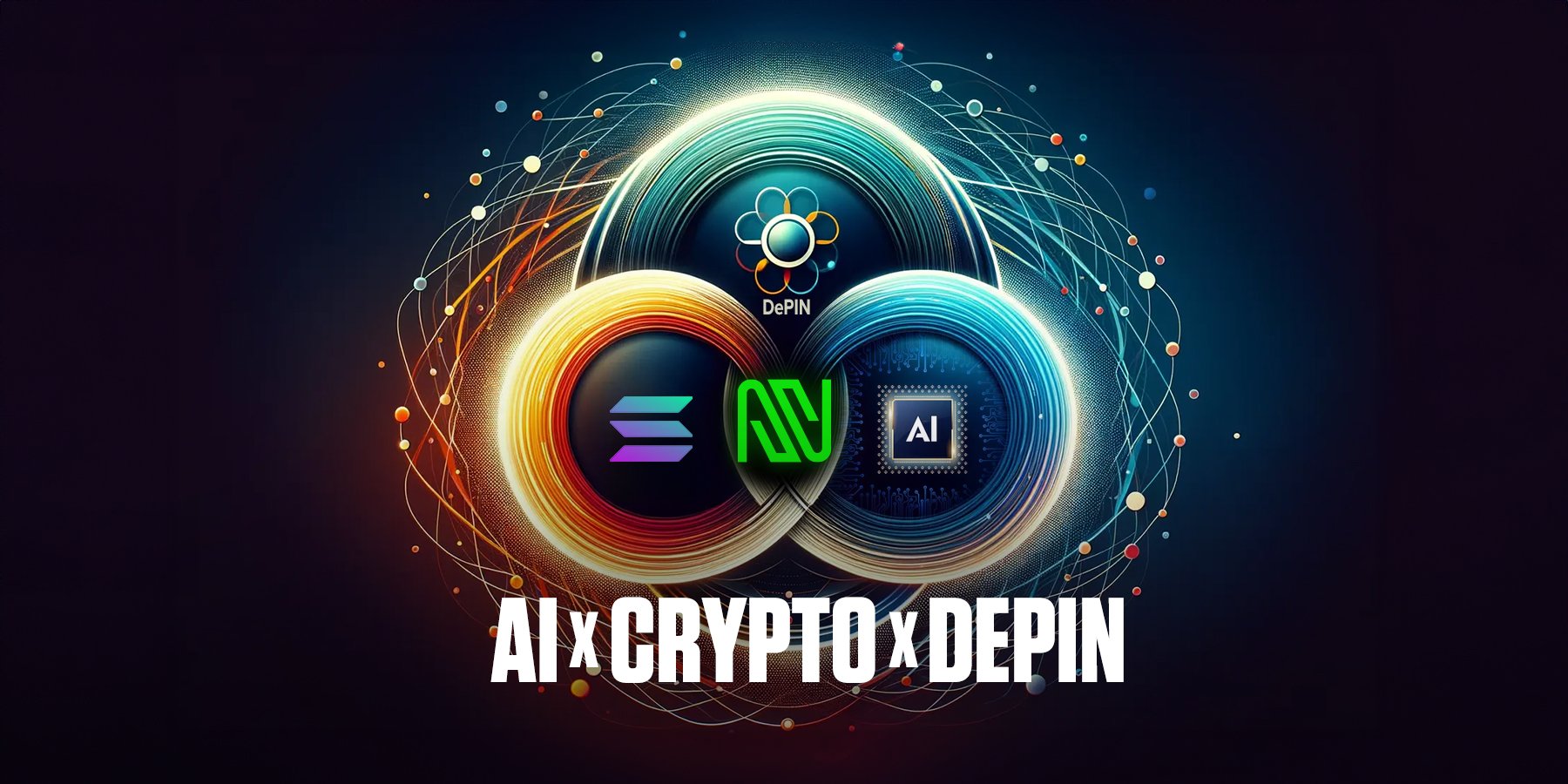
Nosana: Nosana operates a decentralized AI computing marketplace where users contribute idle GPUs as nodes and earn $NOS tokens for completing AI inference tasks. By January 2025, Nosana surpassed 4,200 nodes globally, with daily active nodes rising to over 600, making it a key player in distributed AI compute.
-
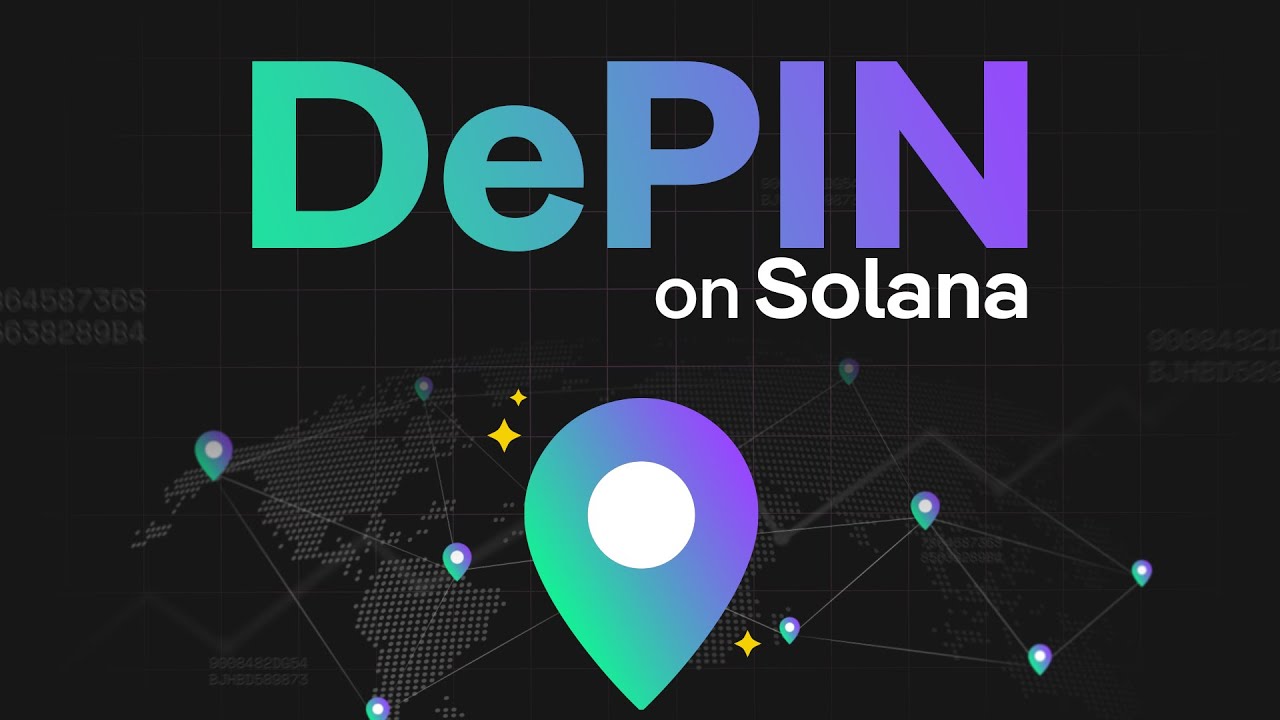
Helium Network: Originally a decentralized wireless infrastructure project, Helium has expanded on Solana to provide robust, scalable data transmission for AI applications. Its migration to Solana has enhanced network efficiency, supporting the growing demands of decentralized AI.
-
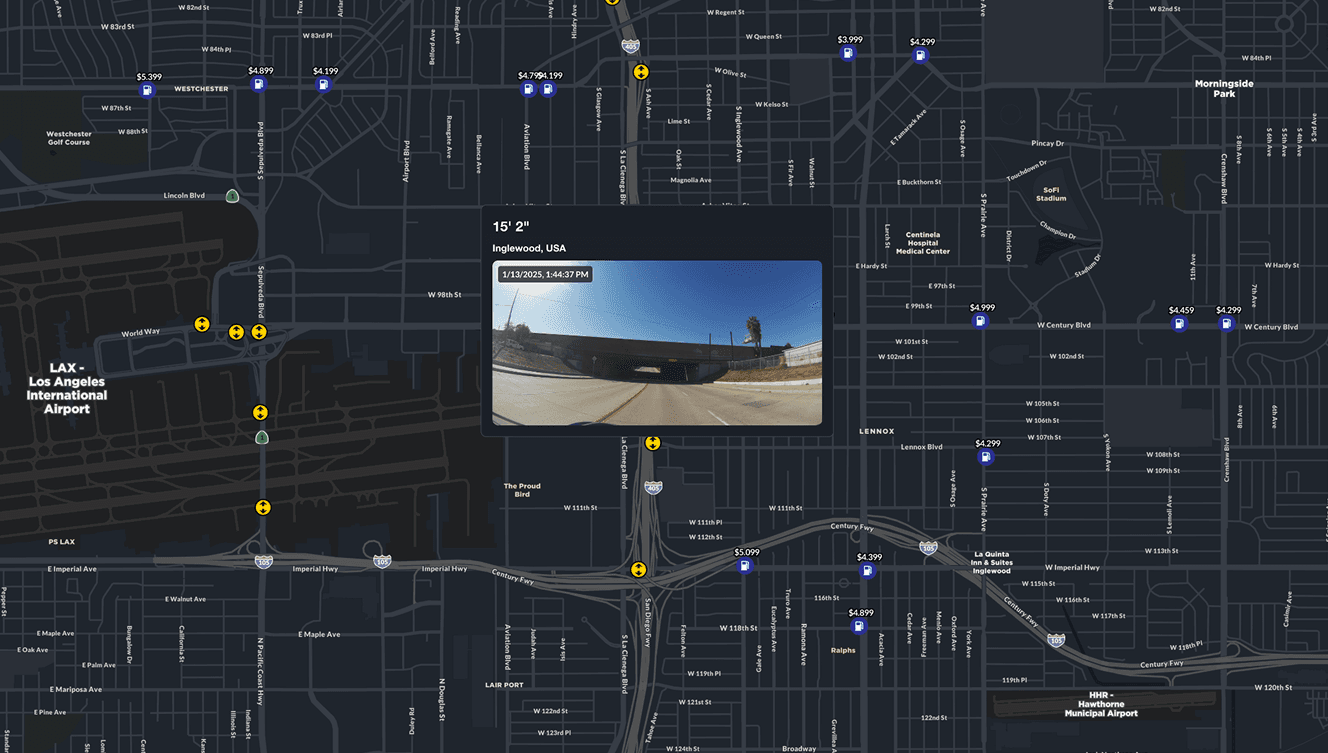
Hivemapper: Hivemapper leverages a decentralized network of contributors to collect and update geospatial data, essential for AI-powered mapping and navigation. Solana’s infrastructure enables Hivemapper to deliver real-time, accurate mapping services for AI use cases.
-
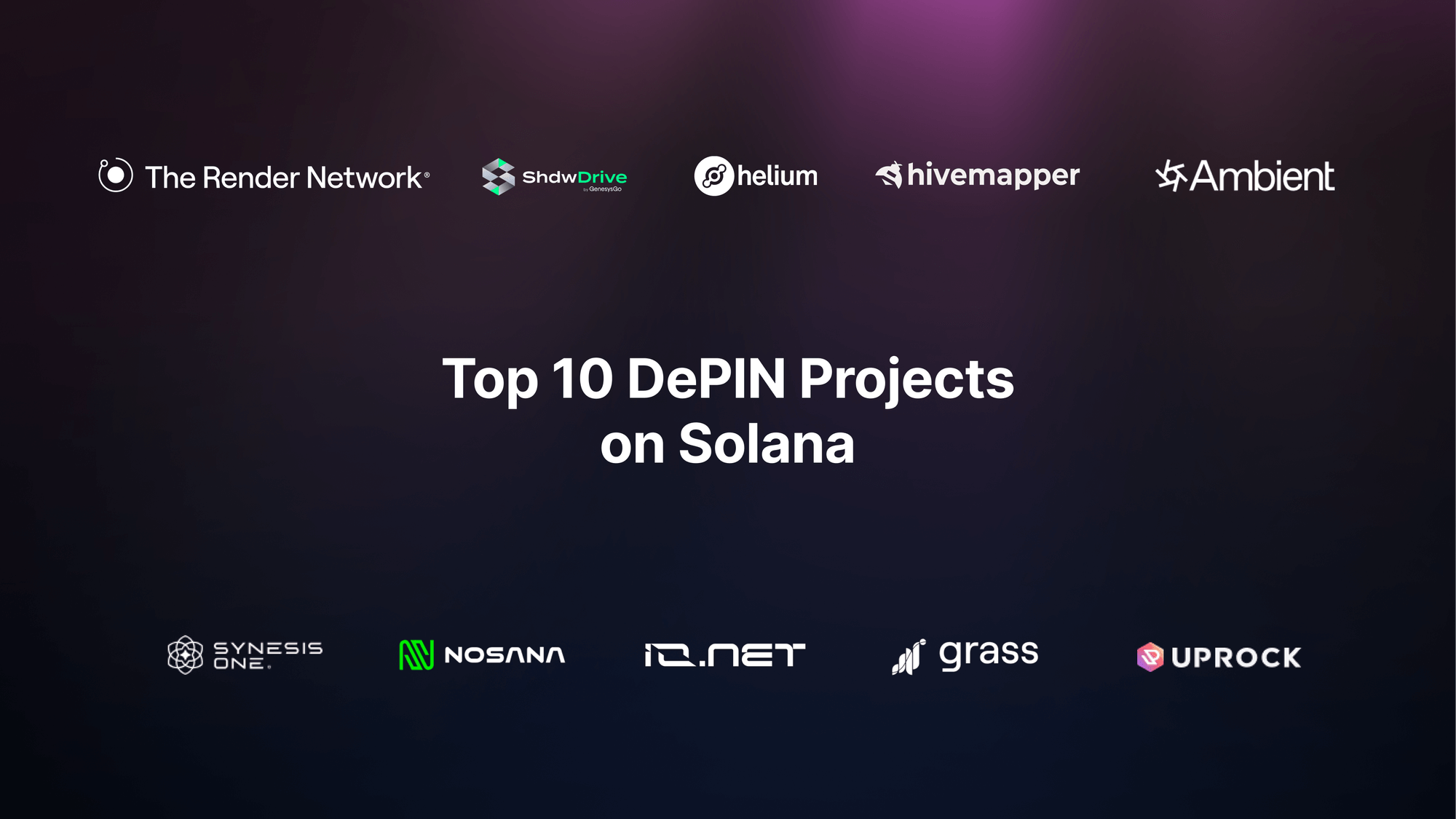
UpRock: UpRock is a mobile-first DePIN network enabling users to share unused bandwidth and computing power, earning $UPT tokens. Its decentralized data intelligence supports AI models with real-time, diverse, and censorship-resistant data. In 2025, UpRock maintained weekly on-chain revenue of $1,500, reflecting stable network demand.
The most impactful DePIN projects on Solana are each solving a unique challenge in the decentralized AI stack:
- Render Network: After transitioning to Solana in 2025, Render now provides a globally distributed GPU marketplace essential for large-scale AI model training and inference. By tapping into idle GPUs worldwide, Render delivers cost efficiency and scalability that centralized cloud providers struggle to match. (source)
- Nosana: Nosana’s decentralized job marketplace connects users needing compute power with hosts running idle GPUs. In early 2025, Nosana surpassed 4,200 nodes globally, doubling its daily active nodes year-over-year, and incentivizes participation with $NOS tokens. This creates a dynamic supply pool that adapts to volatile demand from generative AI workloads. (source)
- Helium Network: Originally focused on wireless infrastructure for IoT devices, Helium’s migration to Solana has supercharged its ability to support data-intensive AI applications through reliable peer-to-peer connectivity.
- Hivemapper: By decentralizing geospatial data collection via a global network of contributors, Hivemapper feeds real-time mapping data into location-aware AI models, critical for navigation algorithms and autonomous systems.
- UpRock: UpRock transforms smartphones into passive data contributors by sharing unused bandwidth and compute resources through its mobile-first app. This approach supplies censorship-resistant datasets vital for edge-based machine learning deployments.
Pushing the Boundaries: Scale and Efficiency Through Decentralization
The market momentum behind AI DePIN projects on Solana is palpable. According to sector analysis from Messari and CryptoPotato, the total DePIN market cap exceeded $30 billion by Q3 2025, a testament to accelerating adoption across capital markets and technology sectors alike. As more enterprises seek alternatives to centralized cloud providers plagued by rising costs and outages, decentralized compute on Solana offers both resilience and economic incentives.
This shift is especially pronounced in GPU-intensive AI applications where demand often outpaces supply during peak cycles. By aggregating underutilized hardware across thousands of independent operators, each transparently coordinated via smart contracts, DePIN networks mitigate single-vendor risk while optimizing resource allocation in real time.
The Strategic Role of SOL Price Stability at $230.20
A critical enabler behind this ecosystem is the continued stability of SOL itself. At $230.20, SOL remains both accessible for users staking or transacting within DePIN protocols and attractive as a store-of-value asset underpinning network security. Recent price action, with a high of $236.79 over the past day, highlights investor confidence despite broader crypto volatility.
This price stability supports predictable transaction fees, a must-have when executing micro-payments between thousands of distributed nodes or compensating contributors in real time for their bandwidth or GPU cycles.
Solana’s composable architecture and price reliability are not just technical features, they’re strategic assets that enable DePIN networks to confidently onboard institutional partners and enterprise clients. The ability to transact at scale, with minimal latency and cost, is allowing Solana DePIN projects to outpace legacy infrastructure in both speed and economics. For AI developers, this means faster model deployment, lower operational costs, and the flexibility to source compute or data from a global pool of contributors.
Risks and Mitigation: Navigating the DePIN-AI Intersection
Despite these advances, risk management remains paramount. Decentralized AI infrastructure faces unique threats, ranging from fluctuating supply of compute resources to potential network congestion during peak demand. Projects like Nosana and Render have responded by implementing dynamic pricing models and redundancy protocols, ensuring that workloads are balanced across the network even as node participation ebbs and flows.
Security is another critical dimension. With thousands of independent operators contributing hardware or data, maintaining the integrity of AI models requires robust validation mechanisms. Solana’s transparent ledger provides an auditable trail for every transaction or resource allocation event, but governance frameworks continue to evolve as usage scales.
For investors, the volatility profile of DePIN tokens remains a consideration, especially for those allocating capital directly into project tokens like $NOS or $UPT. However, SOL’s relative stability at $230.20 has helped anchor ecosystem confidence through turbulent crypto cycles in 2025.
Catalysts for Growth: What’s Next for Solana DePIN and Decentralized AI?
The next phase of growth will likely be driven by deeper integration between DePIN platforms and emerging AI verticals such as federated learning, privacy-preserving inference, and on-chain data marketplaces. The composable nature of Solana smart contracts allows rapid experimentation, teams can launch new incentive schemes or governance modules without disrupting core protocol operations.
Moreover, regulatory clarity around decentralized infrastructure is improving as governments recognize the resilience benefits of distributed networks for critical services like connectivity and data storage. This creates a tailwind for institutional adoption, a trend already evident at industry events like DePIN Expo 2025 in Hong Kong, where global leaders showcased live deployments spanning telecoms to autonomous vehicles.
For builders and investors alike, the opportunity set is expanding rapidly:
Top Opportunities in Solana-Based DePIN & AI Infrastructure
-
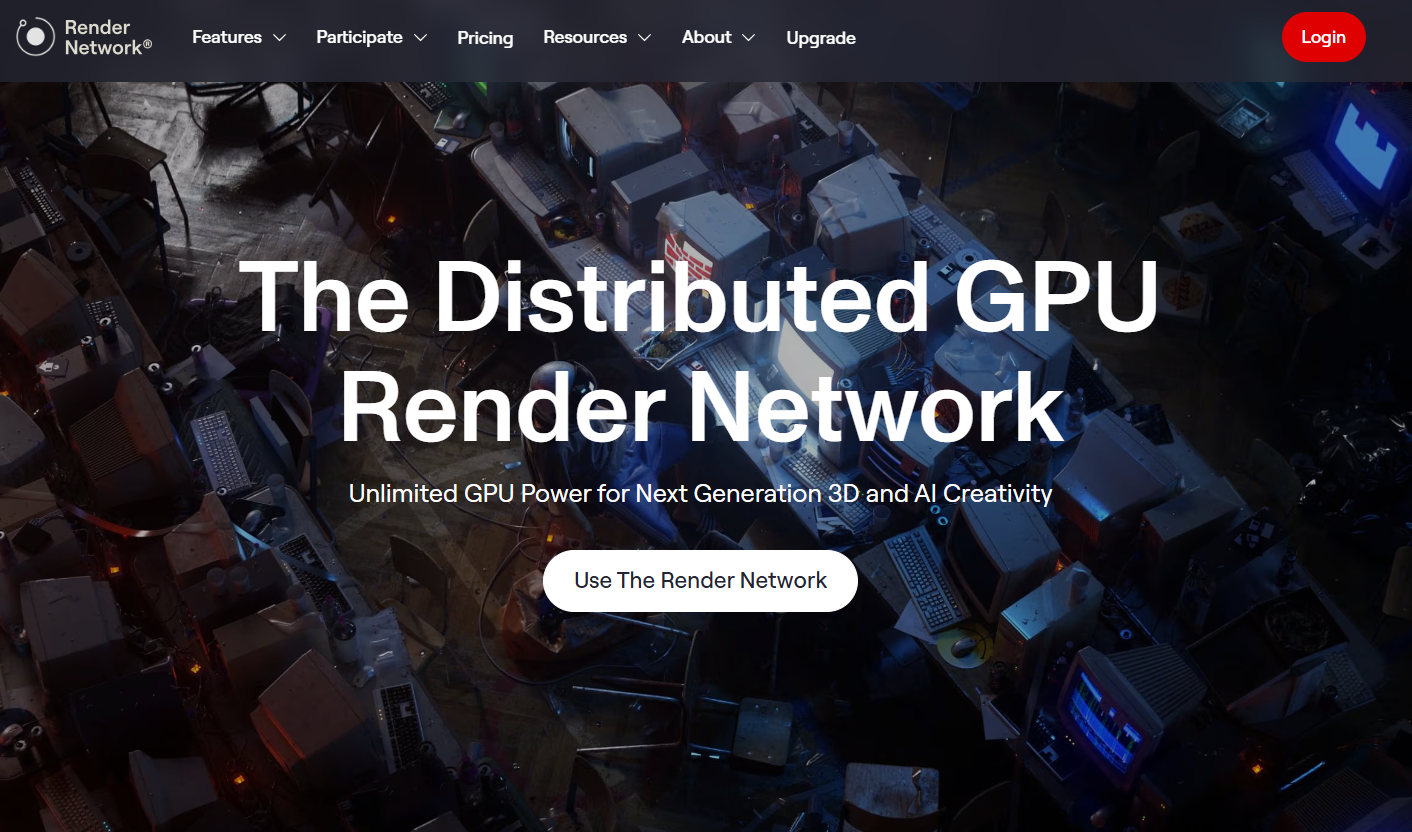
Render Network: Leverage decentralized GPU computing for scalable AI model training and inference. In 2025, Render transitioned to Solana, enabling developers to access a global pool of GPU resources with lower costs and faster throughput. Learn more.
-
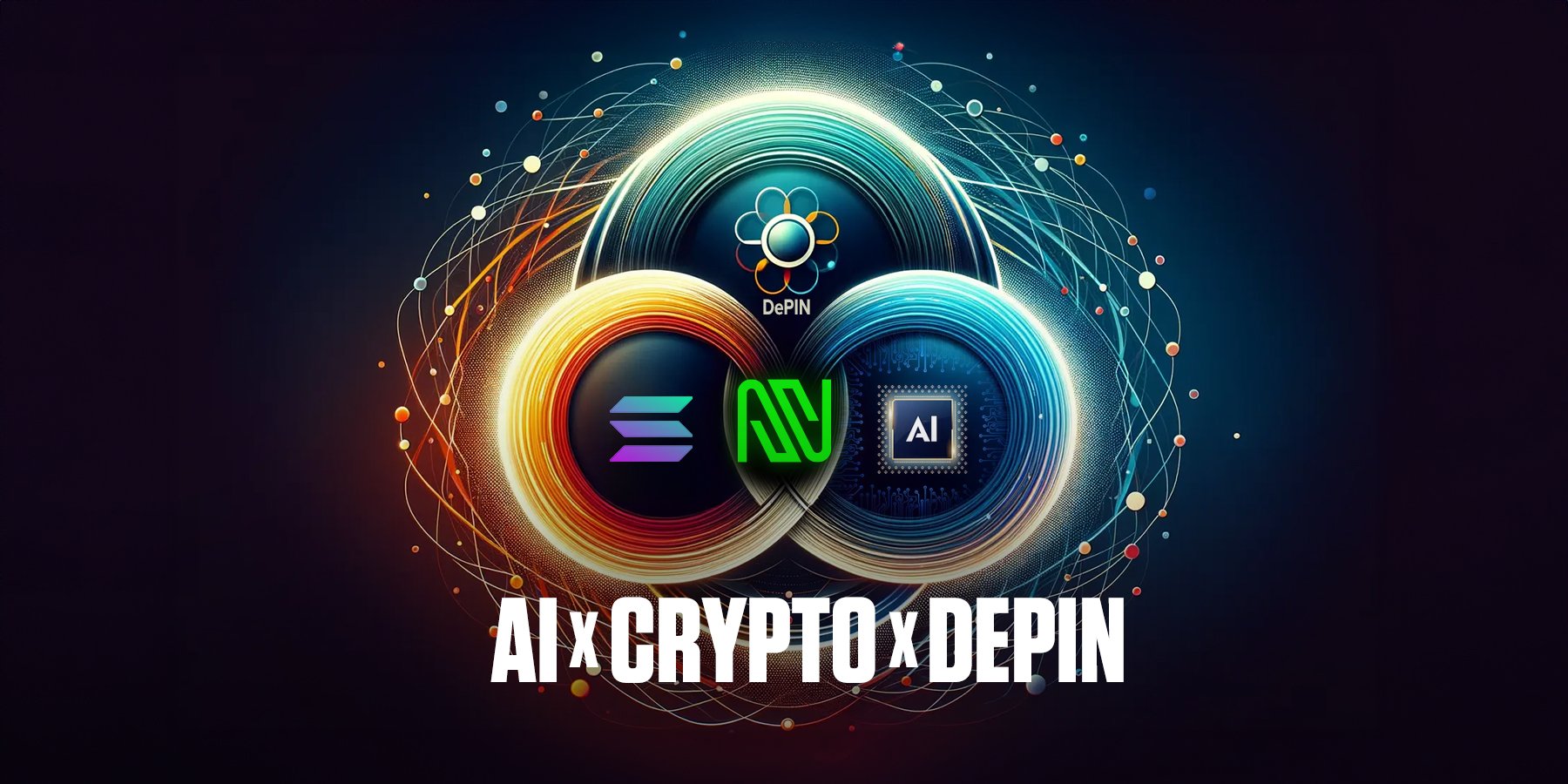
Nosana: Tap into a decentralized AI compute marketplace powered by idle GPUs worldwide. Nosana’s network, with over 4,200 nodes as of 2025, offers a cost-efficient alternative for AI inference and model deployment while rewarding node operators in $NOS tokens. See Nosana’s growth.
-
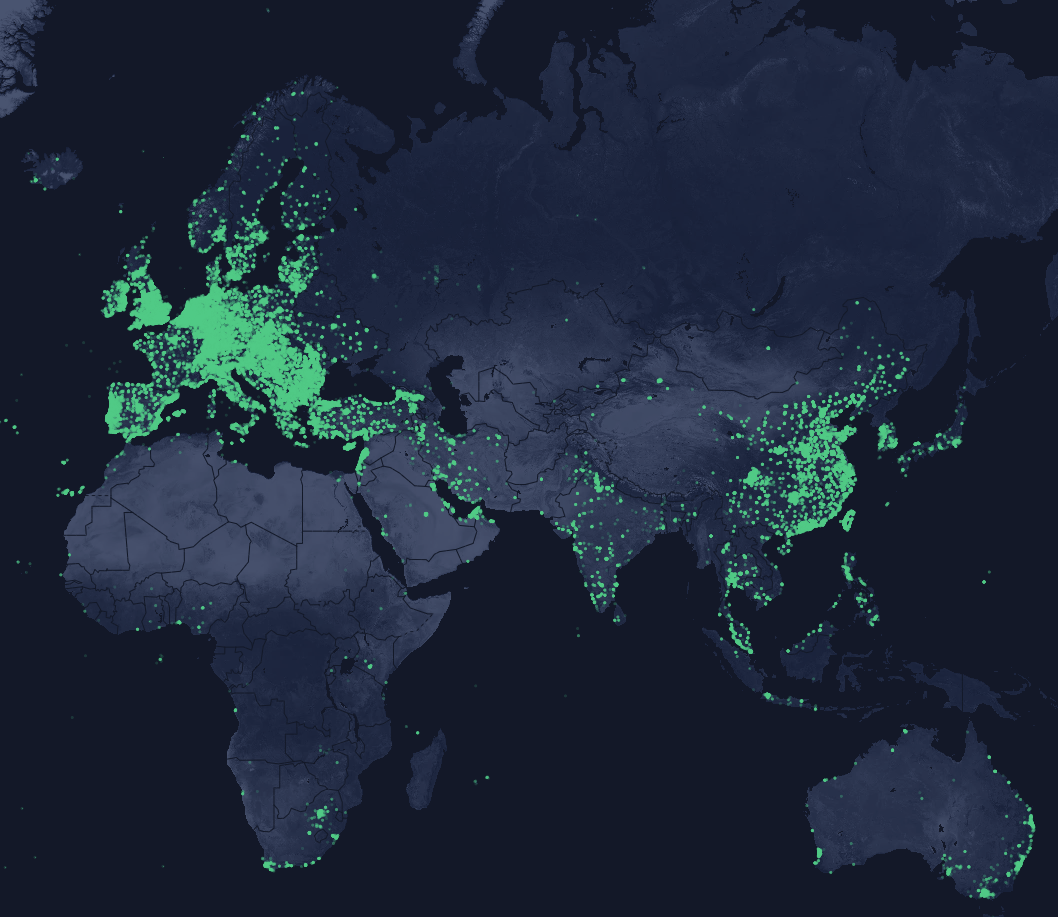
Helium Network: Utilize decentralized wireless infrastructure for secure, scalable AI data transmission. Helium’s migration to Solana has improved network efficiency, making it a backbone for AI applications requiring reliable connectivity. Explore Helium on Solana.
-
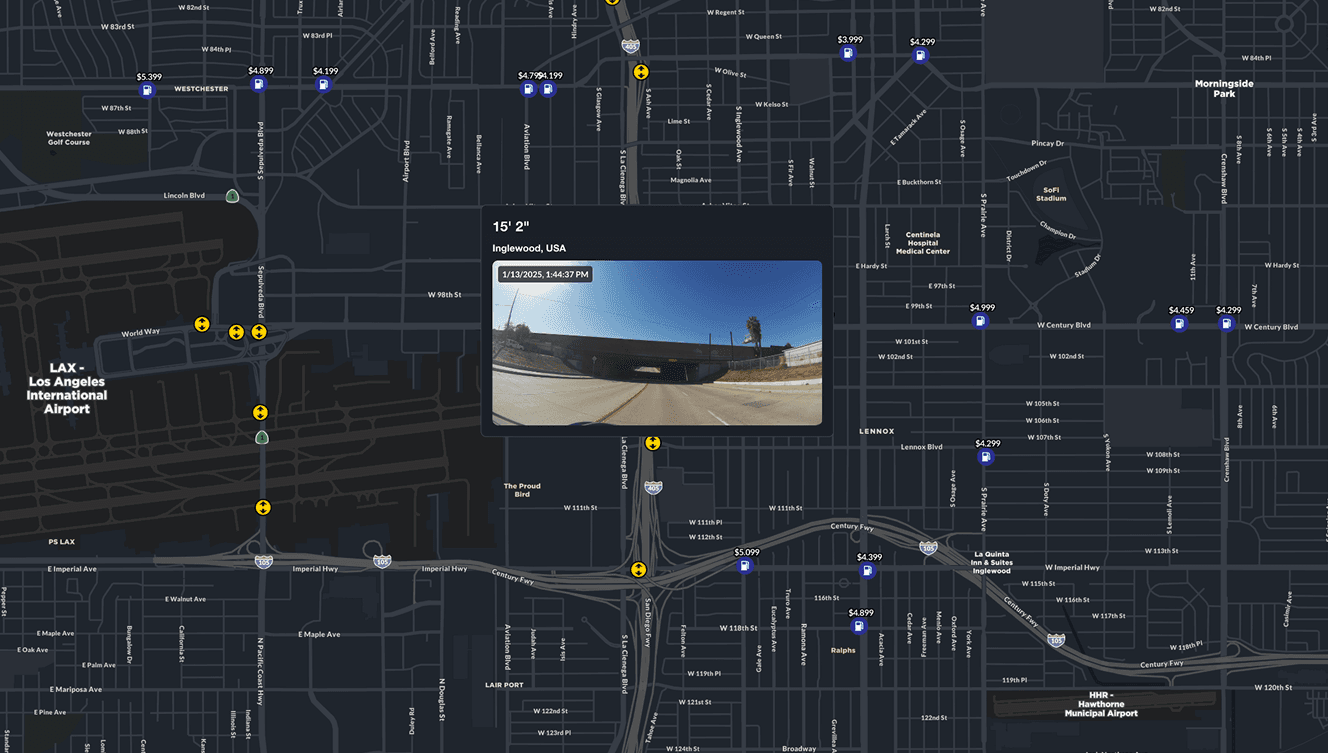
Hivemapper: Access real-time, decentralized geospatial data for AI-driven mapping and location-based services. Hivemapper’s contributor network, powered by Solana, ensures up-to-date and accurate mapping for advanced AI use cases. Discover Hivemapper’s impact.
-
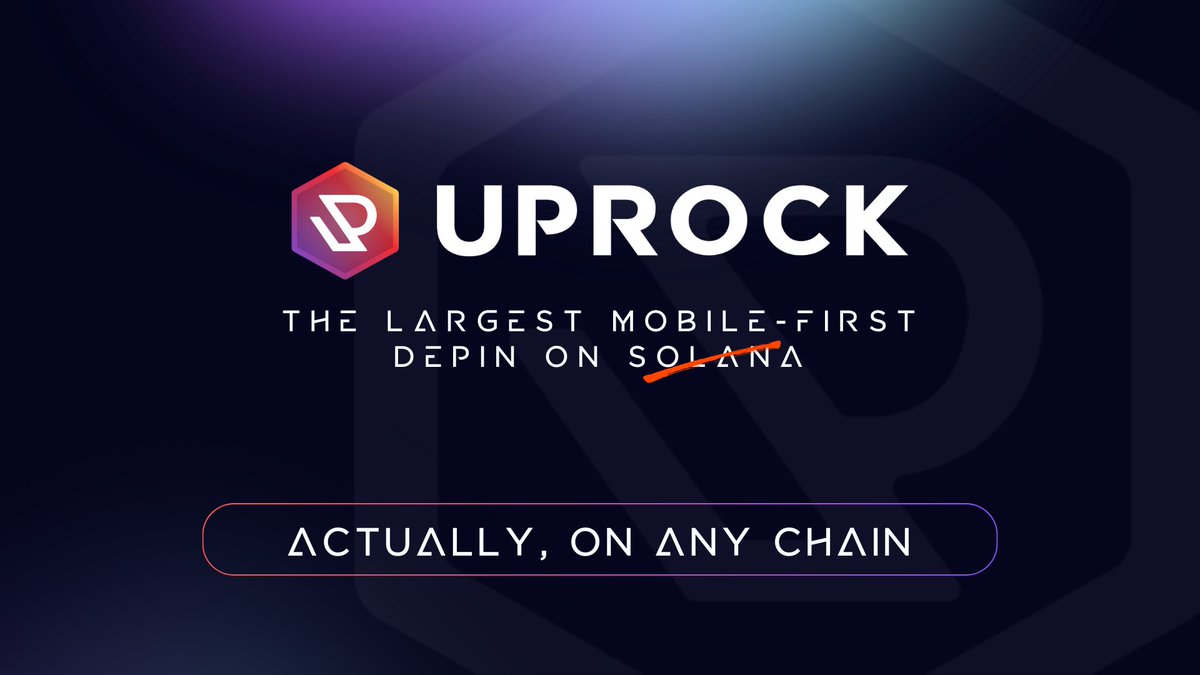
UpRock: Monetize unused bandwidth and device resources via a mobile-first DePIN app. UpRock enables users to earn $UPT tokens by supporting AI models with real-time, censorship-resistant data, generating stable on-chain revenue ($1,500 per week as of 2025). Learn about UpRock’s model.
As we look toward 2026, expect further convergence between physical infrastructure tokenization and advanced AI workflows, all orchestrated atop high-throughput blockchains like Solana. The sector’s resilience will depend on continued innovation in risk management frameworks as well as sustained price stability for SOL itself.
The bottom line? Solana DePIN networks are not just powering today’s decentralized AI, they’re laying the groundwork for a more open, efficient, and robust digital future where anyone can contribute resources or intelligence to global-scale applications.






